My Other Identities
A "finding aid" of personal artifacts that tells a story of me
Allow me to introduce myself.
Step into my archives—I’ve prepared a Finding Aid for you.
Finding Aid = A descriptive inventory of an archival collection. A Finding Aid guides researchers through the primary source material related to the history and activities of an individual or organization.
Guide to the Supplemental Papers of Robin LaVoie
DESCRIPTIVE SUMMARY
Title: The Supplemental Papers of Robin LaVoie
Repository: Mom-Otherwise-Occupied Collection Of Work
Dates: 1971-2025 (inclusive); 1985-2015 (bulk)
Abstract: Documents, photographs, and ephemera related to the adjacent interests of a full-time mother and caregiver.
Extent: Countless items; 28.5 linear feet; 1 TB digital files
PROVENANCE/ACQUISITION NOTE
These materials were exhumed from a hoard of files labeled “Autism Parenting” in a suburban mother’s home office, during a personal “What Have I Done With My Life” review.
COLLECTION DESCRIPTION
This collection includes typed and handwritten documents, clippings, photographs, books, calendar entries, correspondence, recordings and scrap papers which collectively prove the existence of a past and present life wholly separate from motherhood and caregiving.
RELATED COLLECTIONS
Special Needs Parent Collection – Umpteen boxes of administrative files (educational, medical, legal, advocacy); volunteer fundraising emails; Pixar DVDs; fidget items; and almost untouched “Must-Do” lists.
Records of a 30+ Year Marriage – Includes courtship materials (photographs, high school yearbooks); wedding album; family scrapbooks; sketches on post-it notes left by artist/husband on the collector’s desk; and honey-do lists. Restricted Access.
SUBJECTS
Education – Liberal Arts
Generation X
Hoarding
Midlife Review (see also Crisis)
Nostalgia, Childhood
Psychological Issues – Humblebrag
Research – Genealogy
Theatre artists (see also Last-Born Children)
Work/Life Balance
Writers – Procrastination
PROCESSING NOTE
Indexing was preceded by the removal of items deemed of no possible use to future researchers:
many empty containers kept because “that’s a nice box;”
four (4!) bins of obsolete tablets, keyboards, phones, and cords; and,
various “deskmates” including two ceramic Lucky cats, two frogs, a metal lizard, snapshots of the bobcat that visited the family’s backyard in 2022, Angus (aka “Moo-in MacGregor,” a scruffy highland cow), a stuffed mouse named Peanut, and a 1977 set of painted wooden “donkey ears” made by a grandfather after he received complaints that a brother received steer horns for above his bedroom door.
SCOPE & CONTENT
This little-known collection documents the personal and professional history of a middle-aged mom of one. Covering more than a half-century in the suburban United States, records are reflective of an early academic and social life within the bounds of a “typical” white American middle class upbringing. The impact of a stable home life, lifelong friendships, public school education, liberal arts degrees from state universities, and a variety of work experiences prior to and contiguous with motherhood are visible.
Researchers will find multiple identities here, including teacher’s pet, dancer, thespian, historian/genealogist, sentimentalist, reader and would-be writer.
The collection is arranged into three Series and nine Sub-Series, and has been partially digitized (a sampling can be seen below).
SERIES DESCRIPTION
I. Biographical Files
Childhood and young adult records retained through several residential moves, illustrating continued interest in these subjects and/or pathological attachment issues. Three sub-series.
A: EARLY EDUCATION
The subject’s views about school were cemented in 2nd grade when a classmate received high praise for getting straight A’s. Records retained reflect a “be like Kristine” obsession with grades and teacher-accolades, including certificates, awards, report cards, and very average college-prep test results that no sane person would keep after all this time, as well as handwritten quarterly letters from her elementary school principal.
Materials related to extracurricular activities (see also sub-series B and C) include:
One “Good Sportsmanship” award granted for the embarrassment of dressing as the school mascot (Panther) for the 7th grade Cheer squad;
A slim folder of ribbons from one year of slow running in JV Girl’s track;
Examples of 1980s-era social-exchange behavior in the form of wallet-sized classmate and prom photos with handwritten reminders to be forever friends and to stay sweet and/or cute.
B: DANCE
Photographs, analog recordings of high school marching band dance line performances, and programs from dance recitals and talent shows. Dating from a 1979 certificate for the completion of Grade I instruction in Classical Ballet to a “like-new” yoga mat and local Jazzercise schedule, this sub-series shows a steadfast interest, yet declining ability, in the area of dance.
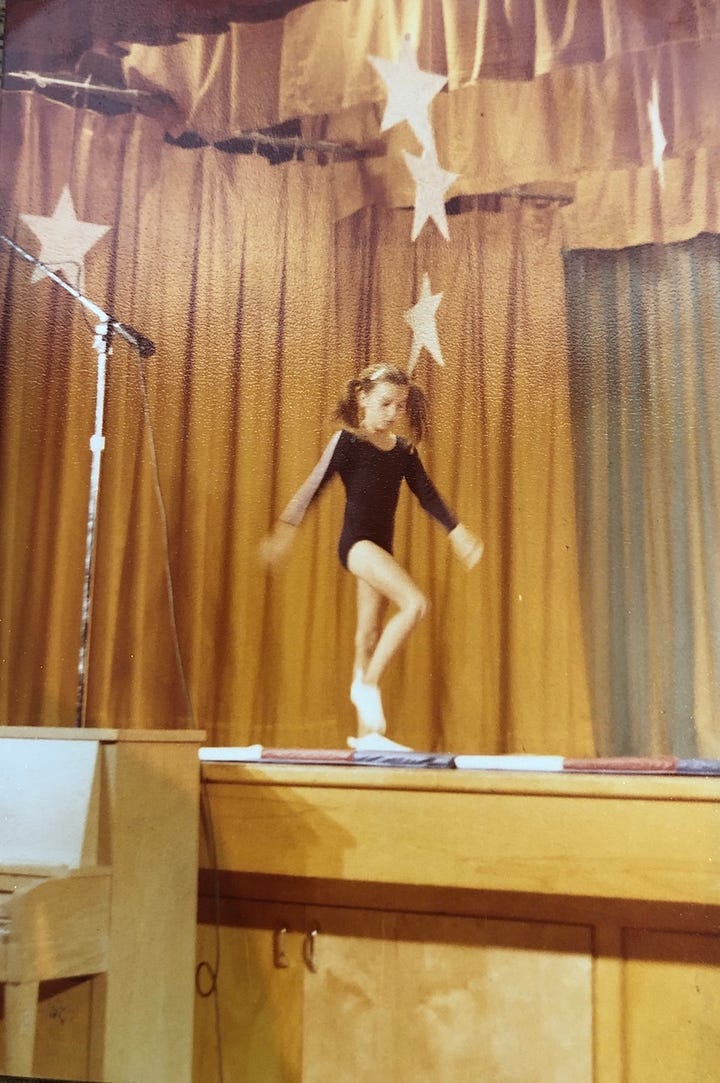
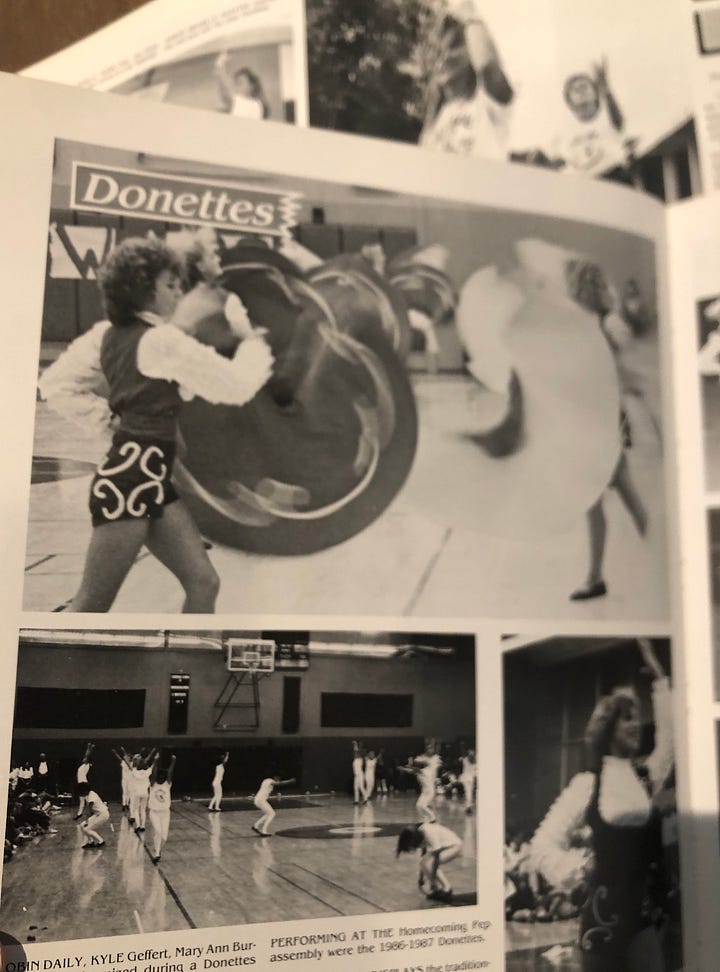
C: DRAMA / THEATRE
Newspaper clippings, awards, programs, photographs, and “break a leg” cards from the collector’s involvement on stage and behind the curtain in school drama programs, youth theatre, and undergraduate study. Highlights include photos of subject alongside soon-to-be-more-successful cast-mates and a VHS tape of an 80’s cult classic featuring the collector’s one minute of fame.
II. Professional Files
Creative (and creatively-scheduled) employment and post-grad records. Three sub-series.
A: Early Career, 1992-1999
While little evidence remains of the subject’s failed applications to MFA Theatre Directing programs, records indicate the show “went on” after the completion of a Bachelor’s degree. Photos, programs, reviews, VHS tapes, awards, and rehearsal notes reveal work on lighting/set/sound crews, in stage management, and as a director for professional and community theatre productions. Handwritten Day-Timer entries uncover “day jobs” during this period, including The Disney Store, Waldenbooks, IMAX Theatre, Chili’s restaurant, and the public library.
B: Graduate school, 1999-2003
Sparse records of a return to school for graduate study in Public History at the turn of the century, beginning within six weeks of motherhood and ending with final papers written under the influence of having a newly diagnosed autistic toddler in the house. Digital files, papers, conference presentations, unfulfilled museum/archive job plans, and a bound master’s thesis which the collector has very little memory of writing.
C: Working parent records, 2003-2025
This sub-series offers hints of a wide range of non-parenting employment—from the creation of dinosaur musicals at a natural history museum; to admin work for arts programs in correctional facilities and historical research for community projects; to directing little theatre comedies while simultaneously working for an author writing a book about atomic bomb survivors—in between managing one very busy child’s educational and medical needs.
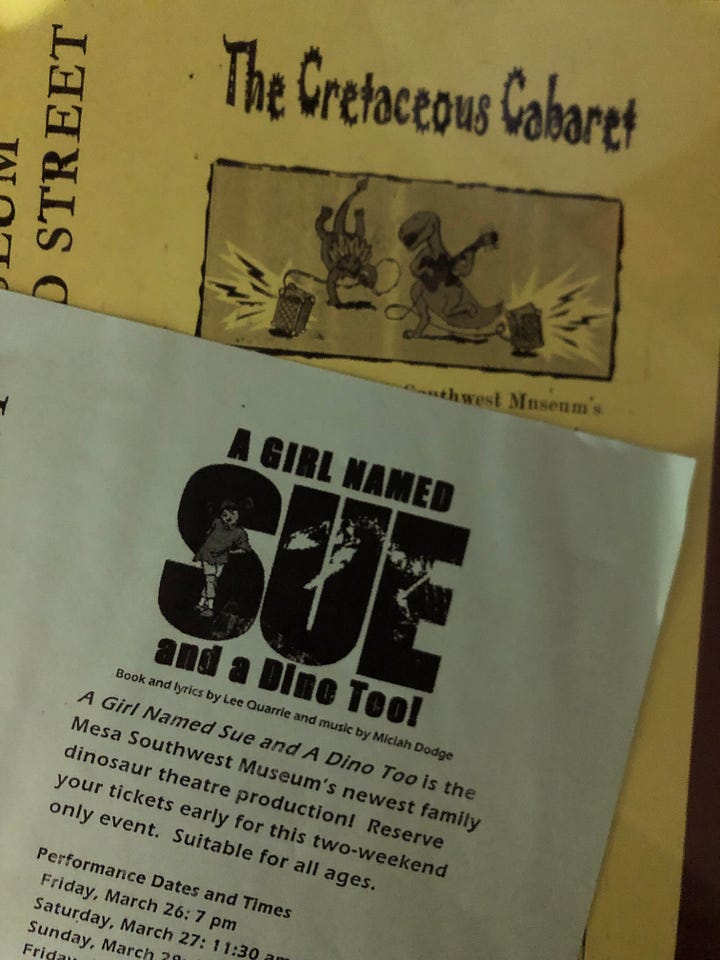
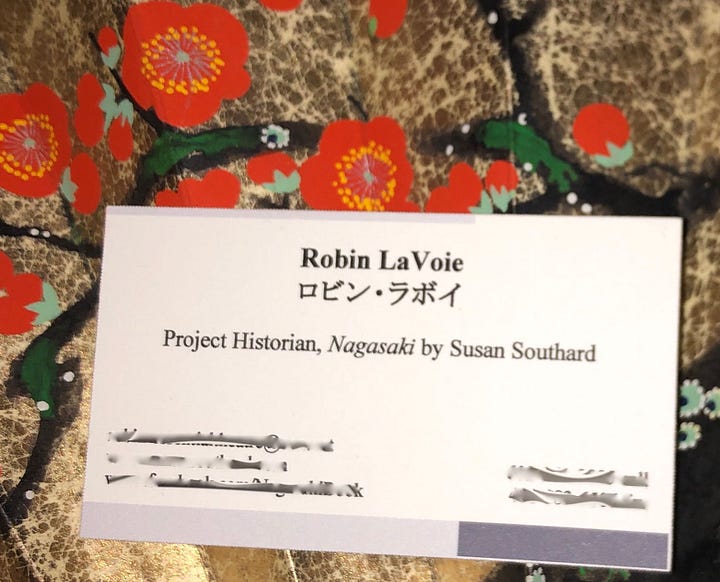

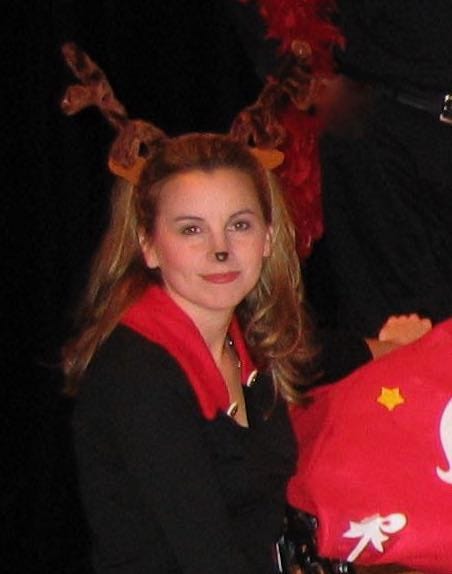
III. Project Files
The perpetually “in process” projects of a middle-aged mom. Three sub-series.
A: Genealogy Materials
Nearly half of the boxes in this collection hold genealogical records of the subject indicating that her hoarding is hereditary. Family tree sketches for several lines of ancestry; census records, birth/death certificates, ship manifests, and disgruntled letters sent home from Army; unlabeled photographs of similar-looking babies; “Family trip” photos of fish, campsites, and blurry distant mountains taken out windows of moving cars; and evidence of relatives with names like Wilhelmina, Frederick, Osha and Otis, J.T. (initials only), and Antonio and Carmela (not Soprano).

B: Family Albums
This sub-series is flagged for restoration to combat decay and neglect. Bins of family photographs, children’s art, maps, ticket stubs, and other paraphernalia discovered next to ambitious (COVID-era) bins of brand new scrapbooks, archival-safe paper, fancy pens, and picture frames of various sizes.
C: Writing Files
Paper and digital copies of manuscripts, submissions, rejection letters, and “idea” scraps. Includes:
Published essays relating almost exclusively to special needs parenting, except for a small amount of speculative & silly flash fiction.
A hefty TBR (To Be Read) file covering multiple genres, including memoir, fiction, and history (skipped over with every new Stephen King book); a list of favorite Substack writers’ publications1; and several un-cracked volumes on how to be a better writer.
Detailed Box and Folder list available upon request.2
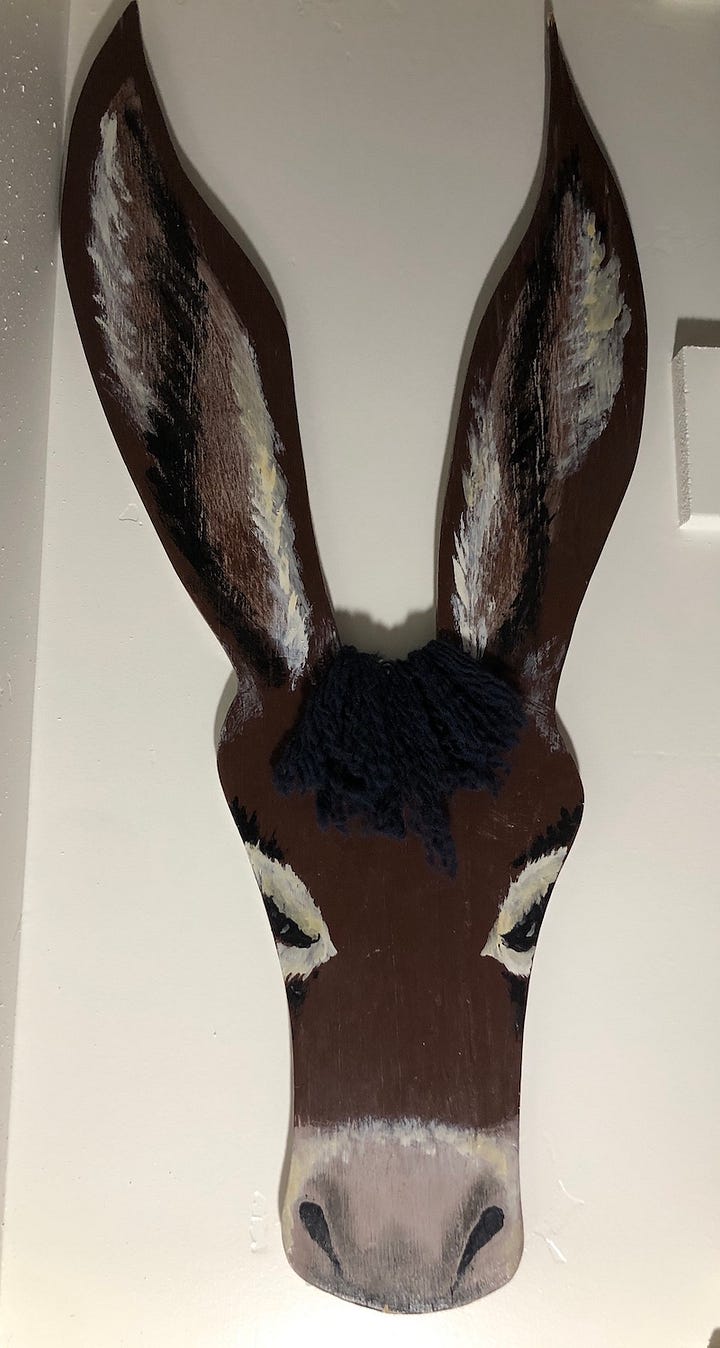
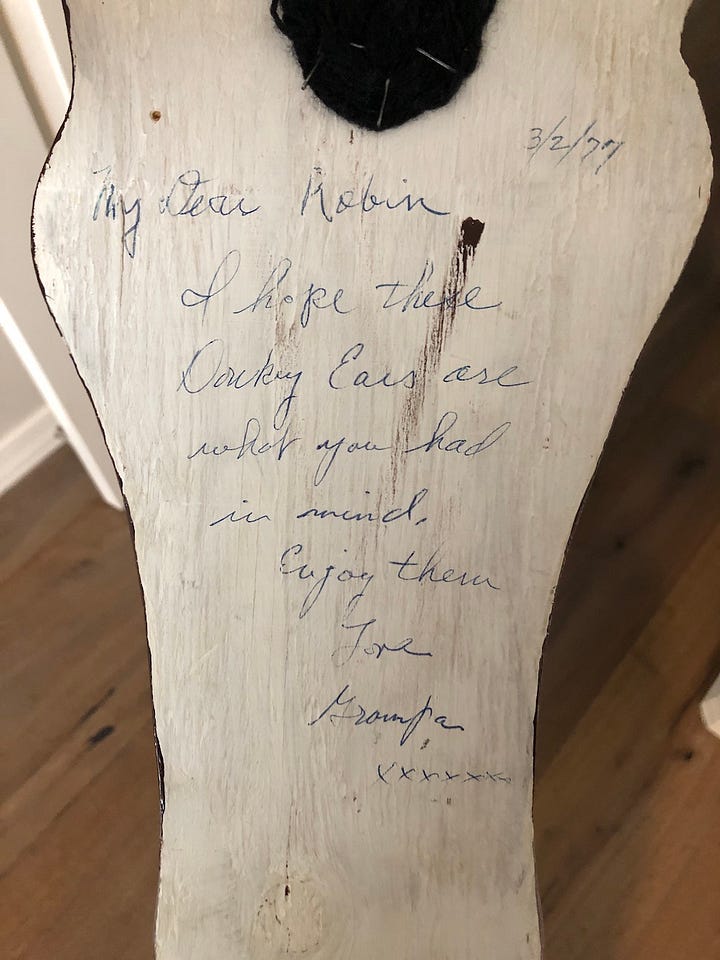
Thanks for indulging me on this one. I’d love to hear from you:
Which stories here should be expanded on in future posts?
Why can’t I just throw things away?
What does all that stuff in your closets say about you?
I am an affiliate of Bookshop.org where your purchases support local bookstores. I earn a small tip from purchases through this affiliate link at no extra cost to you.
Not really. Please don’t ask for it because I really need to get some actual writing done :)


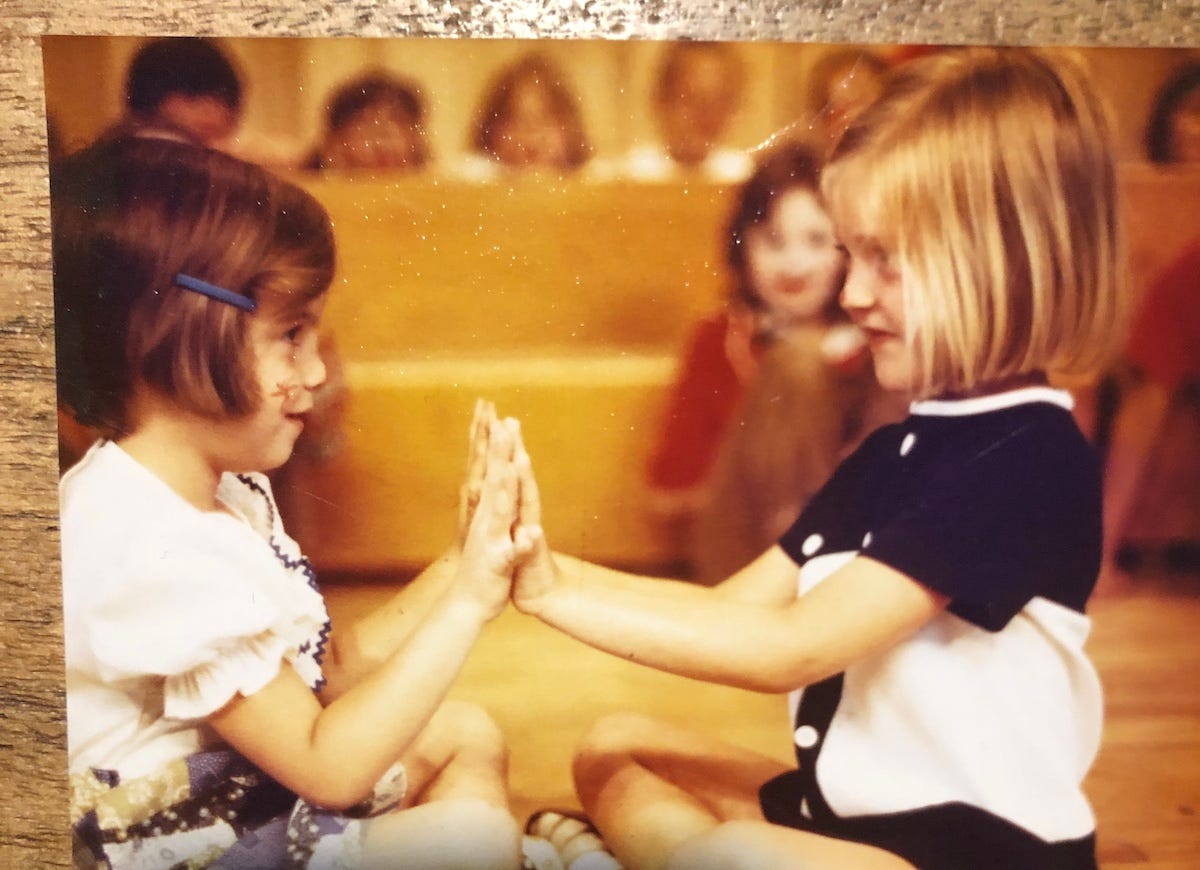
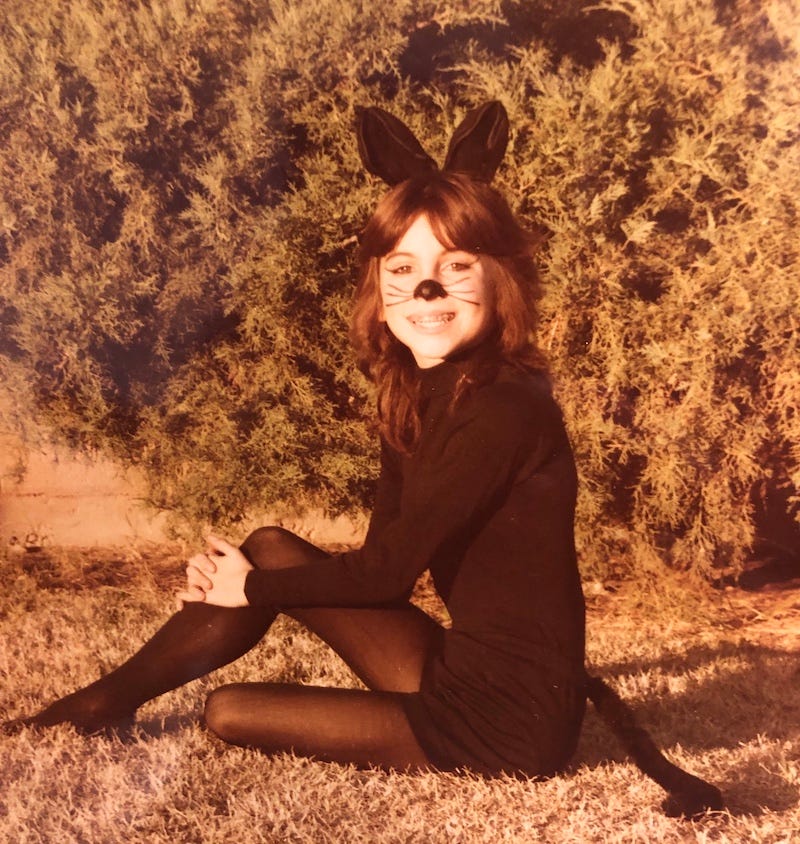
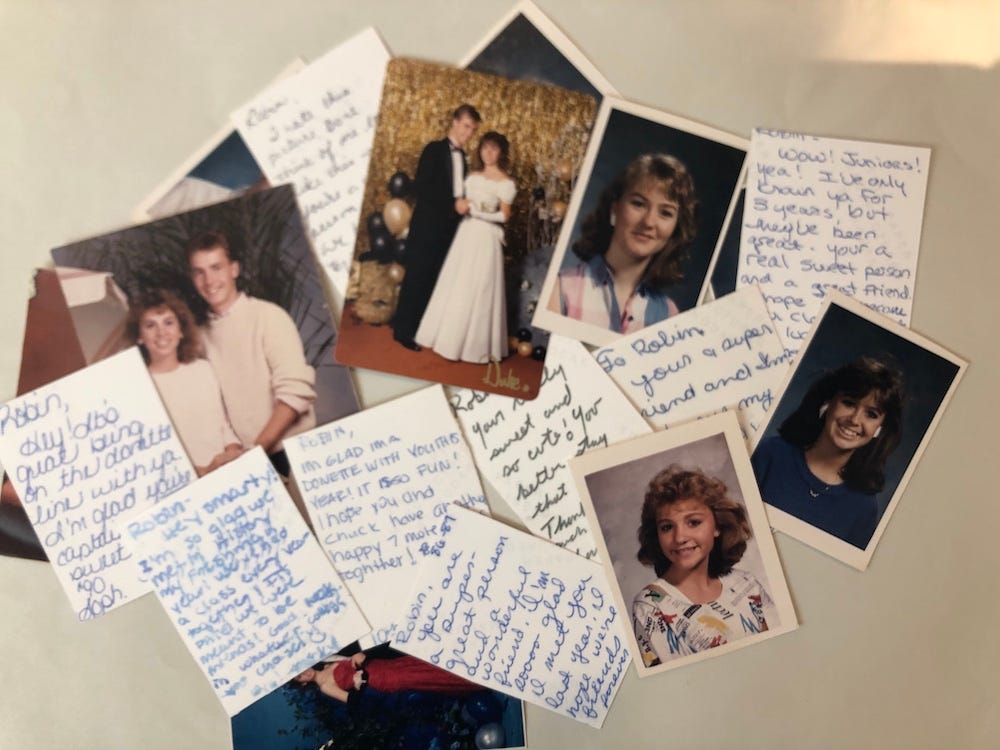

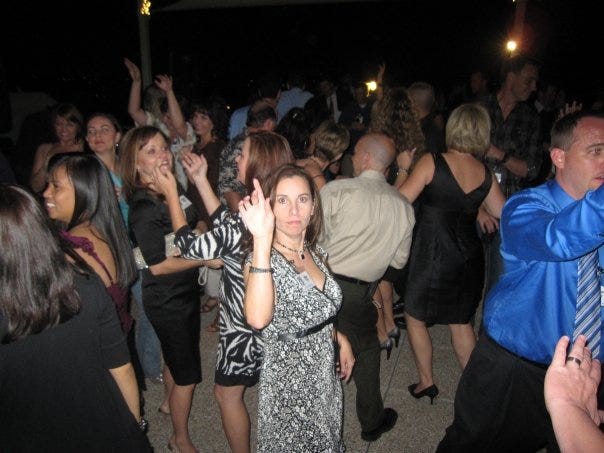


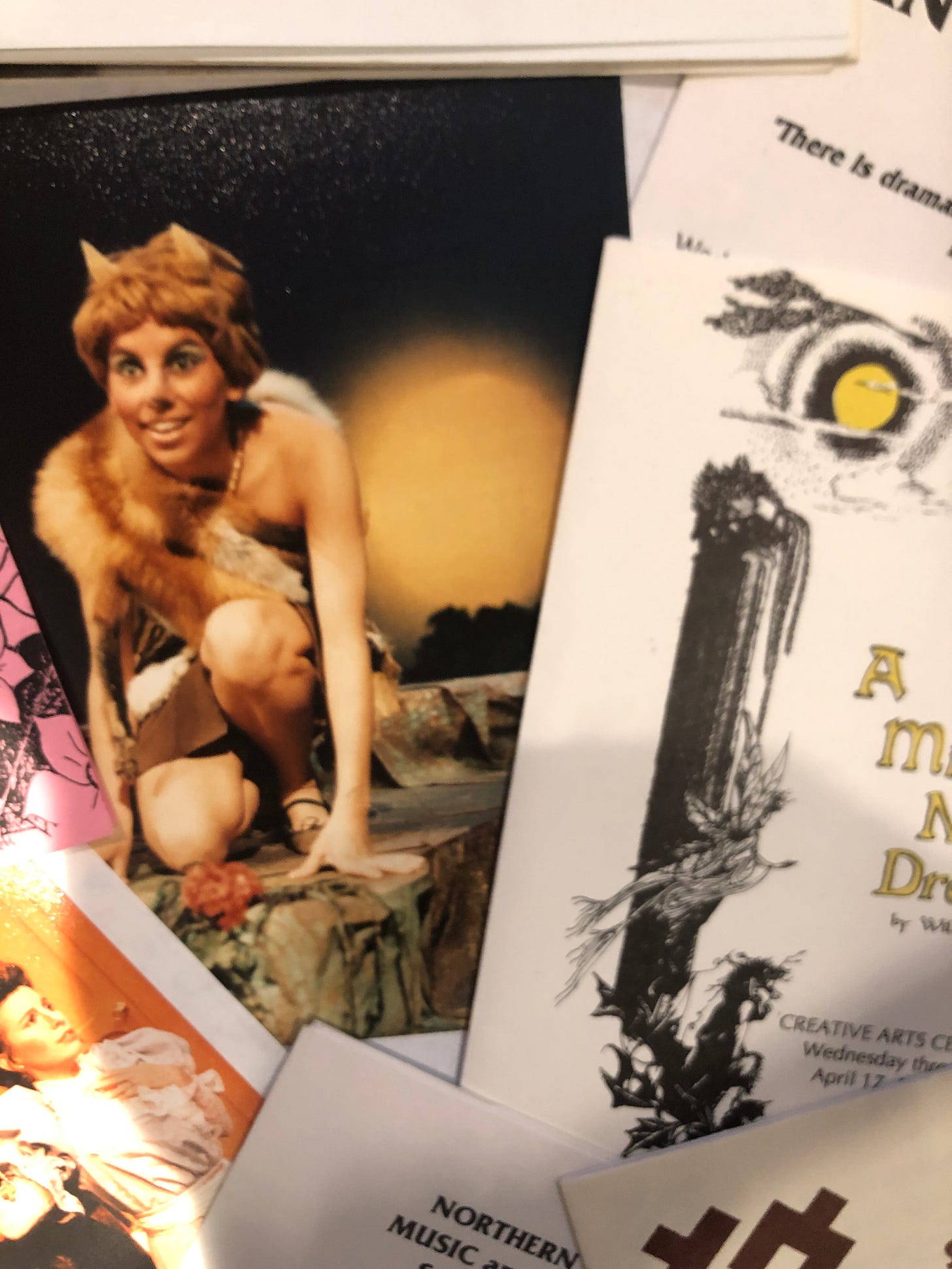

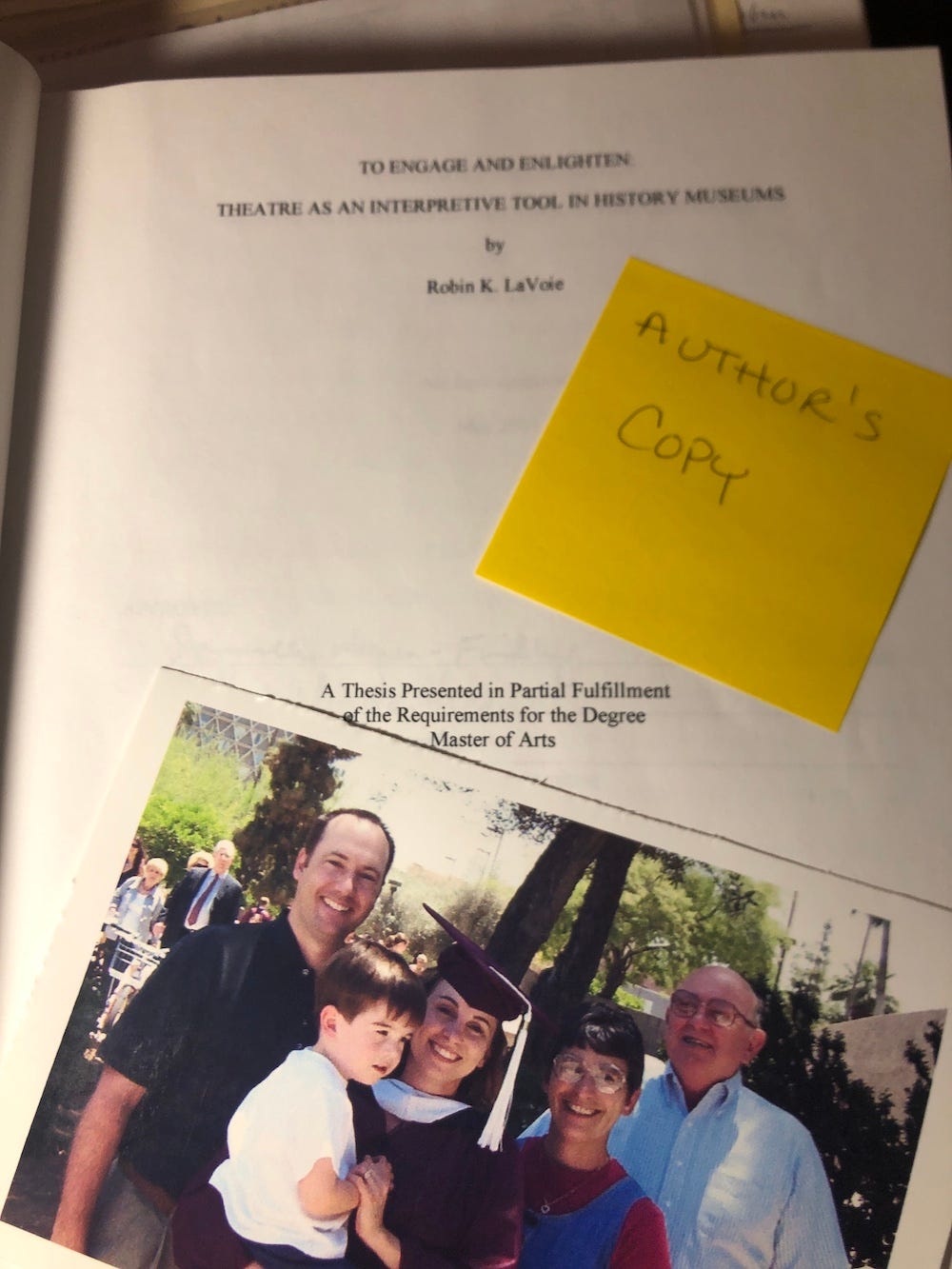
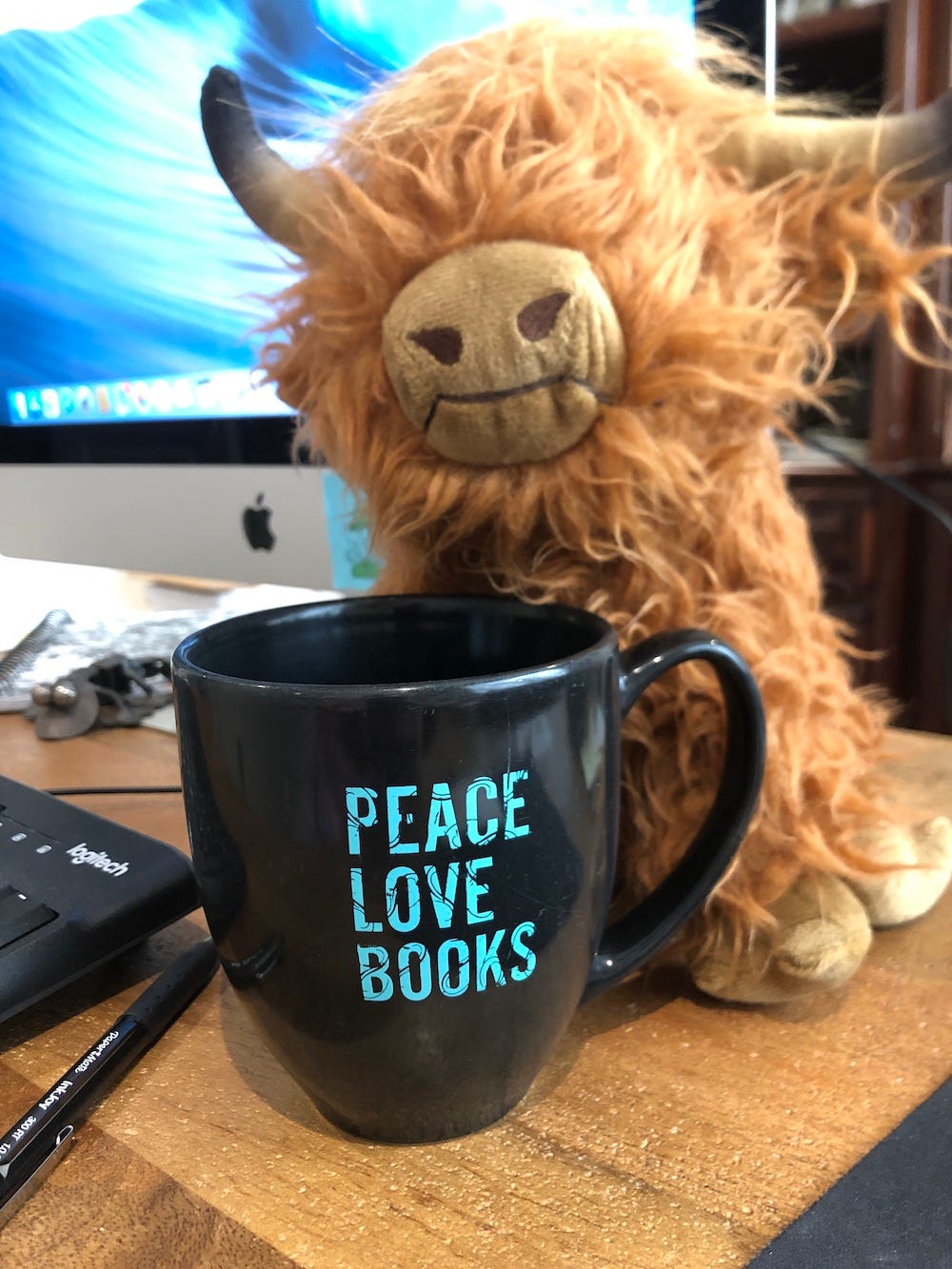

This was such a cool idea, Robin!
It’s funny all the stuff we collect and the projects we start, store, and never finish. Life seems to just steam roll past a lot of stuff sometimes.
I really liked this bit — “These materials were exhumed from a hoard of files labeled “Autism Parenting” in a suburban mother’s home office, during a personal “What Have I Done With My Life” review.”
:)
I was so right in not opening this right away. If I hadn’t felt like I had a wasted life before, officially, I do now. You are definitely a writer; you are very funny, and you’re asking the wrong question; it’s not “Why can’t I just throw things away?” It’s what does this chronicled life mean to me? And what am I afraid of losing? The last of which is me projecting theoretic meaning unto your beautifully organized life in files, books and boxes. Lastly I cannot answer the last question, “what does all that stuff in your closets say about you” because 1) I’d be afraid to answer, and 2) I’m at the beginning of safely divesting myself of the evidence. As a corollary you’ve out-organized the best Mormon and are on par with having a fine engineers mind.